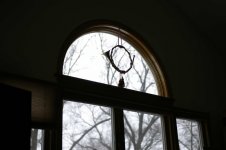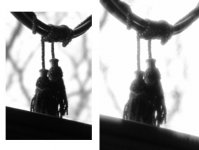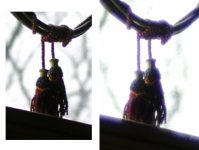Bryce
Well-known
Raid-
That sounds like a good scene to work with. There have been some posts lately that involve OOF areas in busy backgrounds, such as through foliage. Could you maybe get a background like that in one corner of the frame and something more simple in another? I realize this is asking a lot, but studying bokeh has become interesting to many of us.
Some of the lenses here have gotten reputations for great bokeh and others awful. A side by side comparison under the same circumstances could solidify or debunk these comments.
That sounds like a good scene to work with. There have been some posts lately that involve OOF areas in busy backgrounds, such as through foliage. Could you maybe get a background like that in one corner of the frame and something more simple in another? I realize this is asking a lot, but studying bokeh has become interesting to many of us.
Some of the lenses here have gotten reputations for great bokeh and others awful. A side by side comparison under the same circumstances could solidify or debunk these comments.





